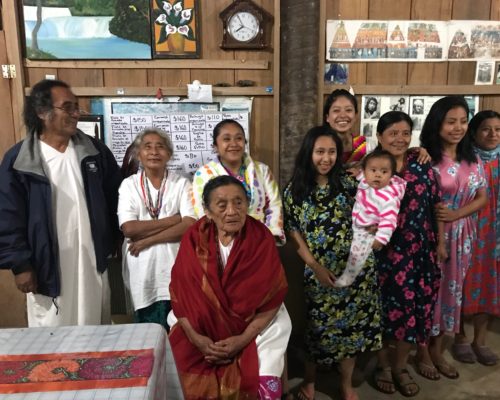
Admit it. You’re a believer. You believe in something, many things. Anyone who has ever taken Philosophy 101 has heard this question: why is there something rather than nothing? (Nothing is what the rocks dream of, wrote Aristotle.) You “believe” but the varieties of belief are vast. Perhaps you believe in a god of wrath who, like santa claus, knows naughty from nice ; or in ha satan (Hebrew for the accuser: AKA satan, the boogey man) ; or in material reductionism (a determinism which denies free will, arguing that atomic force-fields comprise reality, denying that you have any choice) ; or in a Messiah (ever-present, or yet to come, and/or in an attendant Holy Ghost) ; or in The Church of Medicine (no heretics or free-thinkers allowed) ; or naturopathy ; or in sex-drugs-and rock’n’roll ; or simply in gardening your beliefs. Interpretation is everything. And culture shapes our beliefs. So, on to the two books . . .
I’ve just finished reading both books depicted above, back to back. What a fabulous experience! I read the Alphabet book first, but at 450 pages, I suggest you start with Why Religion?, as it’s faster paced, and gripping. I’ve enjoyed several books by Elaine Pagels, and am stunned by the candor of her storytelling here. It’s autobiographical — painfully so. She relates the loss of her first child, age 6, followed by the death of her husband, a prominent physicist, a year later while on a group hike, shortly after they had adopted two infants. (I’ll put her book alongside a classic by CS Lewis, titled A Grief Observed.) While the Pagels book could be prickly for someone recovering from loss of a loved one, her telling contains blessings, and surprises. (Read it before gifting it.) It contains much wisdom about consoling the bereaved. She deals with anger, rage, superstition, alcoholism, depression, theology, and much more.
Next, The Alphabet Versus the Goddess, was written by a nuerosurgeon who was also a competent scholar with interests in history, anthropology, language, and gender-issues. He, too, is a great storyteller — and his book argues compellingly that the world became a crueler place due to the invention of reading and writing, when matriarchy was displaced by patriarchy (and by its male hunting-parties and armies). Momma! –this book is an education. And it’s in the collection at Merida English Library, with a Dewey number of 302.22.
The Pagels book can also be found there, as I have donated my copy to the collection.








